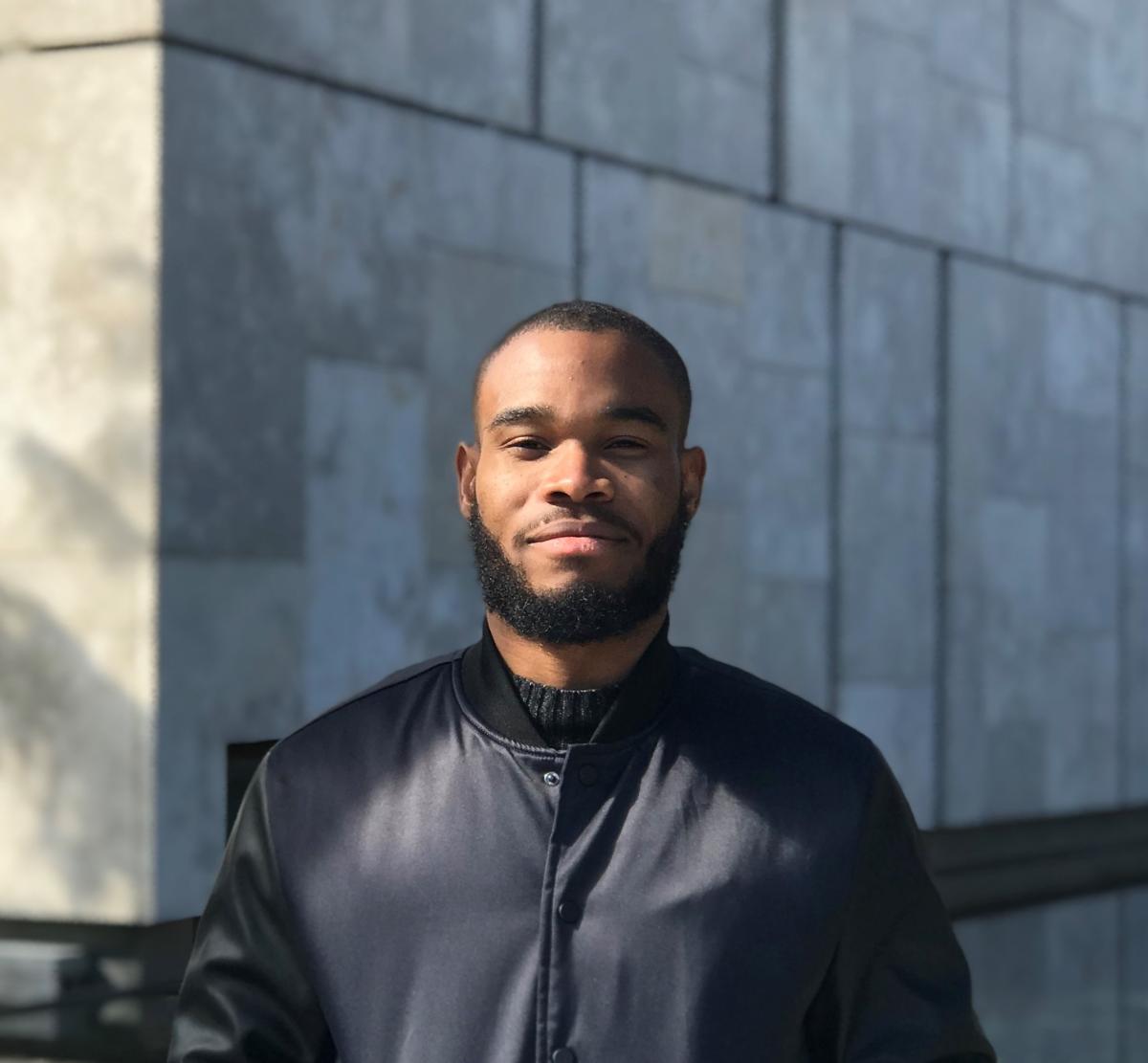
Odudu Umoessien
There are moments in life that reveal the roots of your deepest curiosities. For me, it started in the inner communities of Abuja in central Nigeria. When I was a child, I would sit in a circle with friends by a fire at night in the central courtyard of my neighbourhood. I had an aunt who would tell us stories at night. In that moment of sitting together closely, we had a space, a common space which was guided by the voice of the story teller. I and the other kids enjoyed being in that space. Even when the stories were over, the love for that space remained: we took care of it and made it our own. My aunt became aware of this and made it my responsibility to prepare the space for the other children when the time for stories came. Due to that intimate relationship I enjoyed with the space, I observed closely how it was being used by people. It was then that I became consumed by the relationship between people and space.
Growing up in Nigeria, the presence of architecture was not fully felt due to the lack of infrastructure and basic amenities. For many, the words “architecture” and “architect” did not exist. The desire to pursue a career in architecture from an encounter with an impressive building or space was improbable. However, I was always astonished by how the people were able to uniquely transform their own spaces in the absence of technical skill and resources. Being gifted with the skill of sketching, I began to document these vernacular spaces and structures. Itravelled to different communities and observed how a variety of people with the same resources and technical skills produced an eclectic array of informal and impermanent spaces and structures. Observing this process exposed me to the world of form in architecture. I never stopped sketching these structures with particular emphasis on their interaction with users. After months of documenting and observing these settlements, I made the decision to study architecture.
Although I enjoyed learning about the process of planning, designing and constructing spaces, buildingsand other structures, I had no conviction that the decision to study architecture was the right one after completing my undergraduate degree. During a compulsory post-graduate internship for a firm, I was entrusted with designing a new set of classrooms for a school in a small village on the Lagos Island. Due to a very tight budget, the completion of the project required collaboration with the skilled and unskilled workers in the community. The design was for a bamboo structure mounted on an elevated platform due to the site being water-logged. I watched the people closely as I worked with them and observed their interaction with the site and the fragmentary structure for months. The children would sit on scaffolds and elevated posts to get clear views of the site while the men and women brought supplies and worked on the building. It was necessary for the people to work intuitively, first making errors and then correcting them. This way, they began to identify with the structure. It became their own.
At the commissioning of the classrooms, there was a feeling of joy and enthusiasm throughout theneighbourhood. I realized that the way that I used my skill in collaboration with the people of that community made them proud of their new space. The people were self-confident: they saw themselves in that piece of architecture. The architecture was able to make them feel rich and full of resources even though they didn’t know how to use them. The collaborative building experience became a wake-up call. The people were optimistic and began looking forward to the future. I realized the power of architecture, not just in its form, but how a newly created space would play a crucial role in helping to define the daily life of people in this village. Understanding firsthand that architecture could be used as a tool to inspire radical change in the lives of hundreds of people filled me with so much belief and hope for my future, but also the future of my communities and humanity. It was at this moment that I realized my decision to become an architect was the right one.